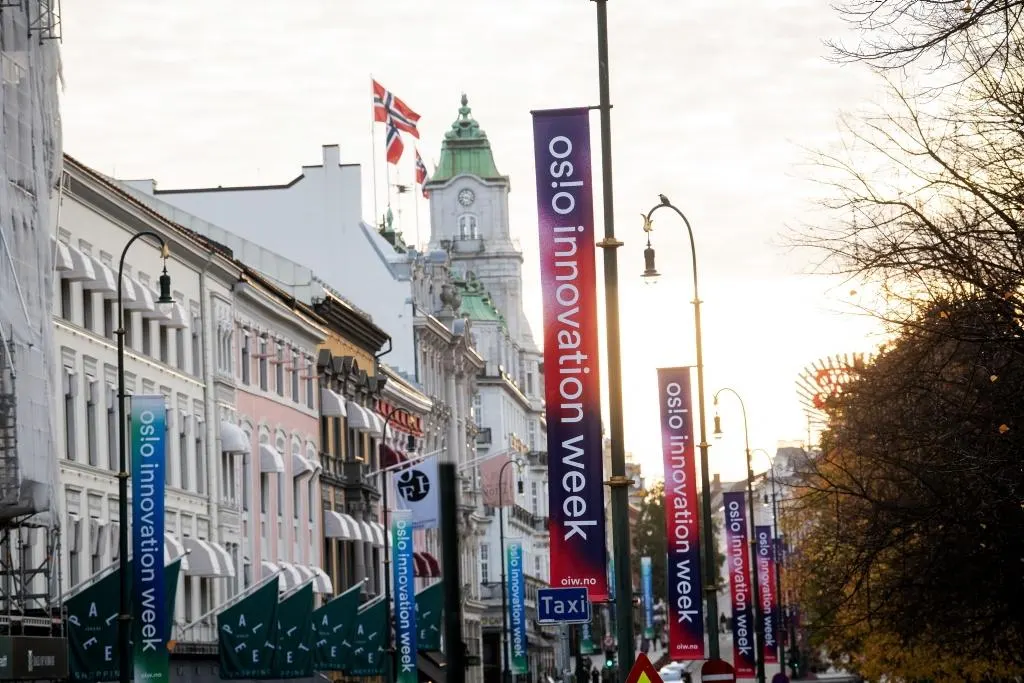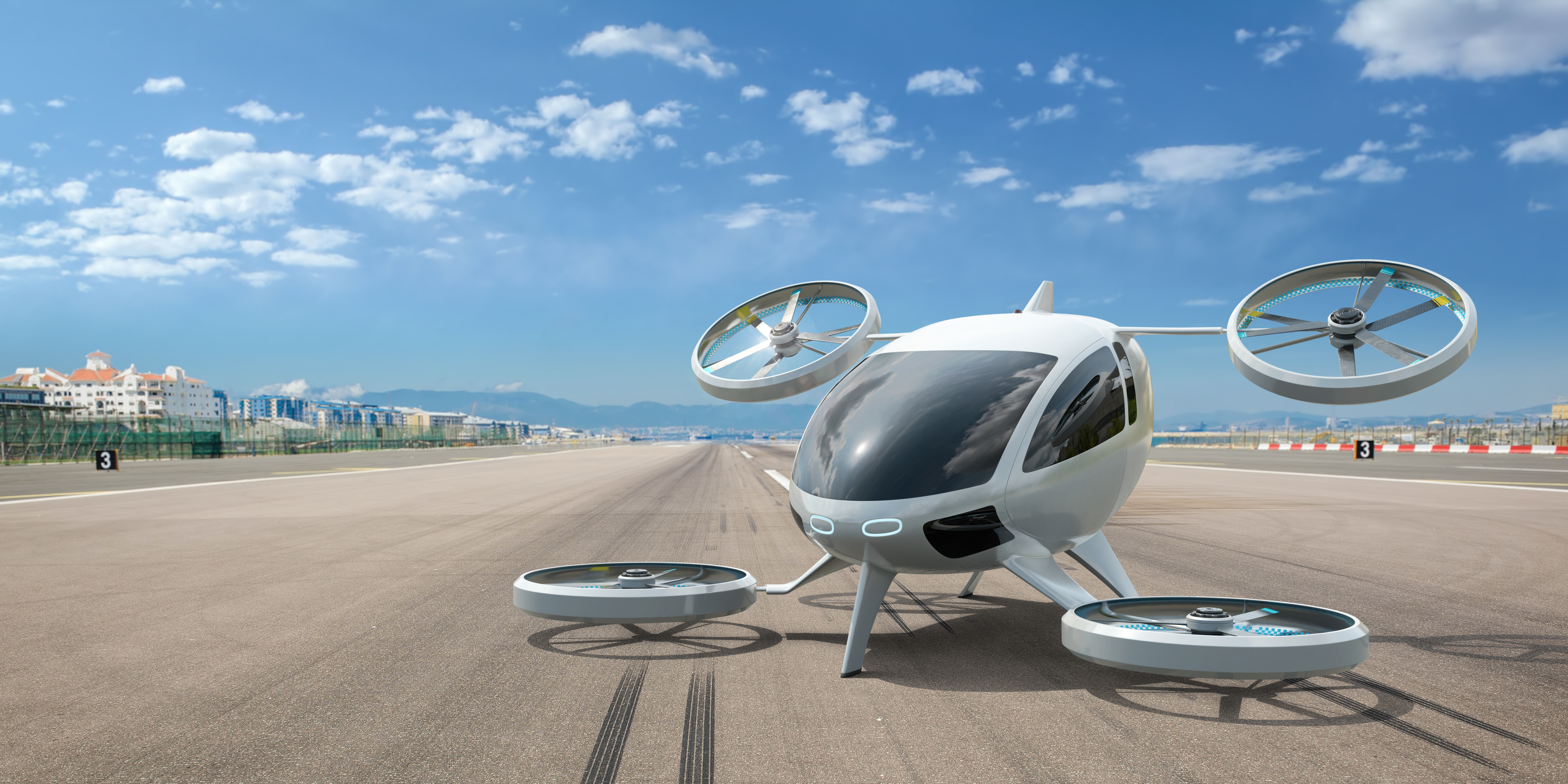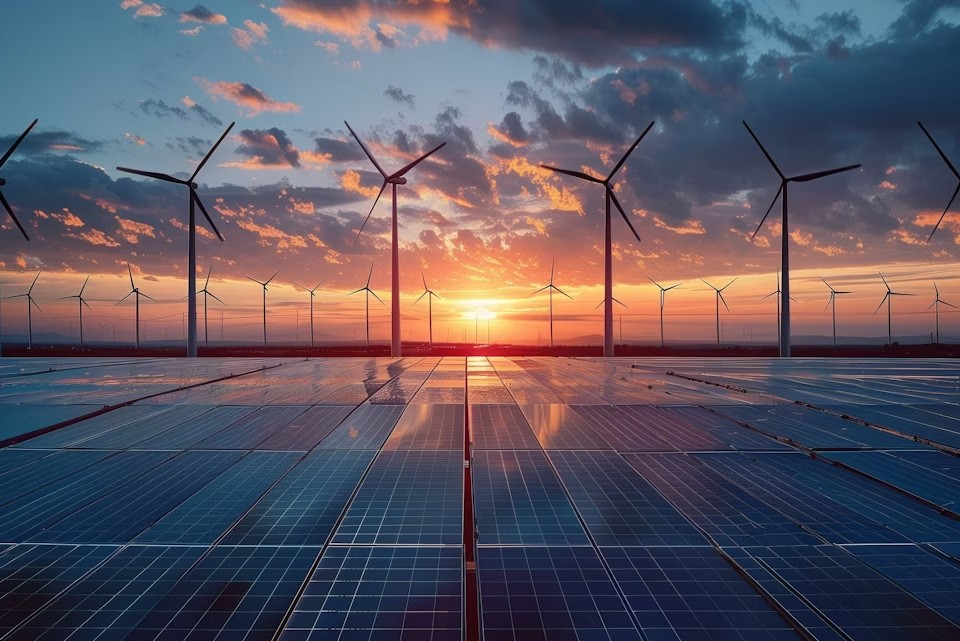Copyright forbes

Oslo Innovation Week 2025 Banners in Karl Johan street in Oslo city centre. Credit: Gorm K. Gaare The 21st iteration of Oslo Innovation Week, held in late October, brought together 15,000 attendees from businesses, public institutions, investors and academia to witness the opportunities for driving climate action through the combination of research and entrepreneurial drive. According to the latest State of the City report, annual venture capital in Oslo has grown 13 times its original value since 2014, reaching $650 million in 2024 - an appreciation that has been bolstered by the appetite to advance clean and green technology, maritime technology and life sciences. Authors acknowledge that the city must decide on which sustainability advantages to double down on, particularly if it is to reach its emissions reduction targets of at least 55% by 2030, compared to 1990 levels. The imperative to decarbonize is clear, given Norway’s position as a leading oil and gas producer. So where do Oslo’s sustainability advantages lie? Startups and scaleups at Oslo Innovation Week spanned a myriad of industries, from measuring climate risk in real estate, to driving the electrification of the city’s tourism, petroleum free material adoption and a rewiring of current food systems. Here are the ones to watch. Norwegian Mycelium (NoMy) Named the winner of the Oslo Innovation Award 2025, NoMy is working to transform the food industry’s side streams such as waste from sugar and dairy supply chains into mycoproteins using fungal mycelium. Mycoproteins are a protein-rich and high fiber food ingredient found in meat alternative products. The company uses unique AI-driven fermentation technologies to do so and recently raised €1.25 million euros to expand the commercialization of its technology. Since its founding in 2020, NoMy’s potential has been realized across the world, having entered into a strategic parentship in Japan with Nippon Beet Sugar Manufacturing to reimagine sugar production byproducts. Addressing the environmental footprint of the food industry is paramount, according to CEO and co-founder Ingrid Dynna. “To meet the growing demand for 15% more protein globally, we need to find different ways to produce food, approaches that stay within planetary boundaries.” said Dynna in an interview. MORE FOR YOU The second iteration of the EAT Lancet report, published in early October, underpins what is needed to secure a just transition to healthy, environmentally sustainable diets. I asked Dynna her thoughts on this. “The goal isn’t to replace existing proteins, but to complement them, creating new ways of producing food that decouple environmental impact from production itself.” she commented. With a significant commercial partnership underway after years of research and development, what’s next for NoMy? “Our ambition is to deploy our technology across many markets, putting our products into the hands of customers to help feed a growing population, address food security and build a more resilient food system.” Dynna said. Avisomo is pioneering modular vertical farming to address the food industry’s challenges linked to unpredictable deliveries and short shelf life of fresh produce, which often lead to excessive waste and costs. Through hands off technology and automated robots, it is working to deliver high quality fresh produce that requires minimal resource input. In February of this year, the company secured €5.2 million in funding, including a grant from Innovation Norway, to build its indoor farming solutions. Avisomo’s chief commercial officer, Endre Thesen Harnes set out how the company is working to reduce the carbon footprint typically associated with vertical farming. “The primary driver of the environmental impact is related to energy use, so integrating renewable energy into operations is a clear step. In Norway, most of our energy comes from hydro power, so the facility we’re starting now will have a beneficial carbon profile.” he said. Harnes discussed the value of experimentation, “We currently utilize multiple strategies to increase growth without increasing energy use - from choosing the right plant breeds to changing the specific types of light frequencies, light intensities, irrigation cycles, and nutrient mixes at different times of a plant's growth cycle.” Inside the Avisomo vertical farm facility in Norway Credit: Avisomo The facility Harnes refers to is an important step for scaling its operations, with a foray into growing leafy greens. The company’s pilot with Coop, one of Norway’s largest grocery retailers illustrates how vertical farming can be integrated into a supply chain to replace imported varieties and reduce transport-related emissions. Avisomo’s facility sits adjacent to the Coop’s largest distribution center, situated on the periphery of Oslo. “The close proximity enables an improved forecasting of production, which can drastically reduce the waste in the leafy greens supply chain.” Harnes added. Harnes was quick to point out leafy greens are just a starting point for Avisomo and the company plans to expand its product portfolio over the next decade. “We’re sleeping on oil and most people don’t realize.”, a sobering remark from Celine Sandberg, CEO and founder of material innovator Agoprene. Petroleum based foam can be found in furniture, mattresses and fashion accessories like shoes and bags. In a bid to remedy this, Agoprene has developed a sustainable alternative from seaweed foam that is free of not only petrochemicals, but toxic chemicals. Agoprene originally started as an idea to replace synthetic wetsuits but has since evolved to address the needs of manufacturers in the furniture and packaging industries through its creative approach to using locally sourced seaweed and crab shell waste to create a bio-foam. Like many early stage companies, it is currently working in a lean structure with available funding, including a grant awarded in 2023 for $81,900 from the European Union. Until recently, Agoprene had been handmade in a facility outside of Oslo. But, earlier in October the company successfully launched their first automated production process, with a full launch planned for December following a 100kg test run. “This has proven our ability to scale responsibly and efficiently,” Sandberg reflected. I asked Sandberg about Agoprene’s environmental impact. “Unlike traditional versions, this foam doesn’t introduce new carbon into the system. Petroleum foams store carbon from fossil sources, but in this case, the carbon is already captured within the recycled material. Even if it’s burned, it won’t release additional carbon beyond what’s already circulating in the system.” she said. Sandberg relayed that certain regulations make Agoprene even more attractive in certain countries, “The U.K. is a particularly interesting market due to its high standards for flame retardancy in furniture foam, meaning products have to be specifically made for that market.” Elsewhere, company targets on sustainable material adoption are driving interest too. “Companies like IKEA have communicated their plans to replace petroleum-based foam by 2030 as part of their broader sustainability goals. That’s where materials like Agoprene come in, we’re enablers. Material innovation is what makes those corporate climate targets possible, even if the timelines are tight. 2030 isn’t that far away.” Sandberg finalized. Brim Explorer Oslo is one of the top five maritime cities in the world. It is also pinned by the Destination Sustainability Movement as the top ranked city for a sustainable tourism supply chain. Yet, the health of Norway’s fjords and its ecosystems are in jeopardy, driven by waste and noise pollution. Aboard the Brim Explorer, the possibilities of remedying this are stark. The company’s hybrid electric boats offer an opportunity to travel on silent vessels that connect people with the oceans and marine wildlife. Policy is pushing for this too. In 2018, the Norwegian Parliament passed a resolution that by 2026 the fjord zones would become zero-emission zones at sea for tourist ships and ferries. One of Brim Explorer's hybrid electric vessels in Oslo Credit: Brim Explorer “The idea was to enable tourism in an emission-free way, allowing close proximity to wildlife without disturbing them. The business came from a combination of interest in technology, green tourism, and a need to raise the standards of the industry.” said Agnes Árnadóttir, CEO and co-founder of Brim Explorer in an interview. Co-founder Espen Larsen-Hakkebo shared that when Brim was established in 2018, the technology for an electric fleet didn’t really exist. “Most systems were designed for either diesel or hybrid combinations that relied on large mechanical gear systems requiring heavy maintenance. We asked ourselves why that was necessary.” he commented. To solve this, the Brim team partnered with an Italian producer of electric motors who had the technology capabilities of meeting the challenge. Brim has ambitious plans on the horizon to add to its existing fleet of five hybrid electric vessels. In June, it was announced that the company received 40 million NOK to build what will be the world’s first two all-electric high-speed trimarans for passenger transport. Beyond this, the company is looking to apply its technical expertise to help others in the industry. Larsen-Hakkebo commented that “Our next trajectory is to take this vessel solution concept, optimized and proven and apply it to fast ferries and fishing vessels.” Beyond the technology, Brim is using tourism as a lever to advocate for the sustainable behavior of citizens. In addition to its Ocean Ambassador Program, the business has made the conscious decision to not serve meat and use less environmentally impactful products where possible. “Our crew are mostly marine biologists who share stories about the ocean and marine mammals. Through them, we have been able to influence awareness and understanding.” said Árnadóttir “Next year, we expect to have more than half a million people on our tours. The message we want to share is one of technological optimism, we want to demonstrate that there are solutions and reasons to be hopeful.” finalized Árnadóttir. Telescope acts as a “google maps for climate risk”, Gustav Haaland, CEO, told me in an interview. Founded in 2022, the company’s AI driven platform works to translate environmental data on physical climate risks like extreme weather events, biodiversity loss and more, to insights that can help identify areas of high priority for mitigation and action across real estate portfolios. Earlier this year, climate change and extreme weather events were described as a systemic risk that threatens the foundation of the financial sector in an open letter by Günther Thallinger, chairman of the sustainability board for Allianz SE, one of the world’s leading insurers and asset managers. “If insurance is no longer available, other financial services become unavailable too”, he wrote. Both Haaland and Telescope’s CFO, Marit Bjerkreim, referenced this important statement in our conversation. “Insurance companies have long faced the consequences of extreme weather, but now the broader market is beginning to catch up, with the effects increasingly impacting financial stability. Regulation like the EU Taxonomy is one catalyst, but extreme weather itself has become a catalyst for action too.” Haaland said. In 2024, Telescope raised €3.7 million in funding co-led by Scale Capital and Dreamcraft Ventures to expand its platform for property owners and financiers. “By entering an address, it can locate the geometry of a site and run programs that screen for environmental and physical risks, including exposure to flooding and biodiversity loss, whilst also fetching out energy performance information.” Haaland explained. “Telescope’s use of AI to systematically reduce risk both for single assets and across entire portfolios, allows clients, particularly banks, to view their own positions differently. By demonstrating that risk is lower, it enables customers to borrow more.” relayed Bjerkreim. An overview of the Telescope dashboard used to assess various climate and nature-related risks. Credit: Telescope What sets Telescope apart from traditional providers which have compliance focused assessments, it its ability to capture local risks. For instance, Haaland points out that in Norway, quick clay landslides represent a significant local hazard that many international systems fail to recognize. “The inclusion of local and granular data adds further relevance, since it’s often difficult to translate macro-level data into site-specific insights. Bringing regional and local precision to climate risk assessments is a core part of the company’s approach.” he added. With a successful funding round under the team’s belt, having built relationships with leaders in commercial property, I quizzed Haaland and Bjerkreim about Oslo’s ability to act as an incubator for innovators like Telescope. Haaland observed, “Oslo is a great place to grow an early-stage company. Executives are approachable and feedback is accessible. The city provides the right conditions to validate ideas and value propositions before entering other markets, helping founders build a strong starting point for their expansion journey.” Editorial StandardsReprints & Permissions



